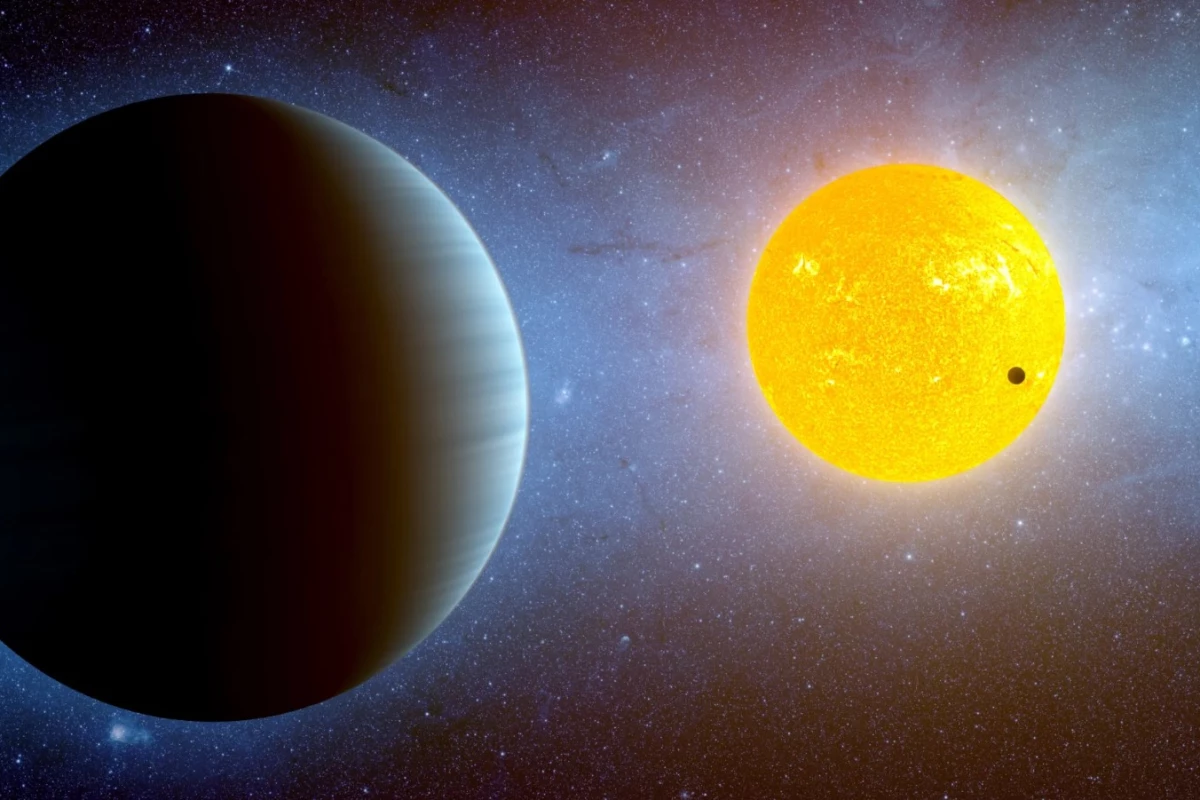A new NASA study has discovered a new exoplanet that is almost the size of Earth and orbits a star that's the same type as the Sun. Unfortunately, this promising candidate is also tidally locked and has one side so hot that it's one giant sea of lava.
One of the exciting things about seeking out exoplanets is the possibility that one of these will turn out to be an Earth-like world circling a Sun-like star where life as we know it could exist. However, it turns out finding such a planet is a tad more complicated than it at first seems.
At first glance, HD 63433 d, which orbits the star HD 63433 located 73 light years from Earth in the constellation of Gemini, looks pretty promising. It's a rocky world about 1.1 times the size of Earth and orbits a G5 sun, roughly the same type as our Sun, that is approximately the same mass as ours.
That sounds great. However, the odds of life on HD 63433 d don't look very good. For one thing, it's only about 400 million years old. That makes it the smallest confirmed exoplanet younger than 500 million years old. It also has an orbit of only four days and is only about 5 million miles (7 million km) from its star, which is an eighth of the distance Mercury is from the Sun.
The bottom line is that HD 63433 d probably lacks an atmosphere and is tidally locked like the Moon, so it always shows the same face toward its parent star. Worse, this sunward face has an estimated temperature of 2,294 °F (1,257 °C). That's hot enough for the entire dayside hemisphere to be one huge molten ocean.
What the nightside is like is a matter of conjecture. Depending on any atmospheric traces and the planet's composition, the hellish dayside might be balanced by a nightside that resembles Pluto with glaciers of frozen nitrogen.
Based on data from NASA's Transiting Exoplanet Survey Satellite (TESS), astronomers found HD 63433 d while studying another two exoplanets that circle HD 63433. When the effects of these planets transiting their sun were removed, HD 63433 d appeared.
Though the lava planet may be low on any future explorer's bucket list, it's still of great interest to scientists because such a young Earth-like planet circling an Earth-like star could tell us a lot about how planetary systems form and evolve.
The findings were published in The Astronomical Journal.
Source: NASA





